Cadillac’s Formula 1 project represents something unprecedented in modern motorsport: a genuine American works team with facilities spanning two continents, a NASA-inspired management structure, and a timeline that would make even the most seasoned F1 veterans sweat.

The numbers alone tell the story of Cadillac’s ambition.
From a team that started with just three people in weekly meetings, they’ve grown to nearly 400 full-time staff across six buildings at Silverstone, with plans to reach 600 by Melbourne. That’s already larger than Haas and approaching the size of established midfield teams.
Unlike traditional F1 operations, Cadillac’s structure is deliberately global in nature. Their Silverstone facility handles European logistics and aerodynamic development, while the primary headquarters in Fishers, Indianapolis, will eventually house most production capabilities. A third facility in Charlotte, North Carolina, is being constructed specifically to support General Motors’ ambitious plan to develop its own Formula 1 power unit by 2029.
The Apollo Program Management Model
Team principal Graeme Lowdon’s confidence isn’t unfounded.
Cadillac has been working on its 2026 car since mid-2023, initially as a 2025 project before the regulations shifted. Technical director Nick Chester, who brings championship experience from Benetton, Renault, and Lotus, has overseen the development of several prototype monocoques that have already passed FIA crash tests.
The team has accumulated over five petabytes of CFD data using Toyota’s Cologne wind tunnel facility—the same one recently vacated by McLaren. While this early start provided advantages, Cadillac faced unique challenges, including the need to create its own wind tunnel tires, as Pirelli only supplies tires to approved teams.
Perhaps most intriguingly, Lowdon has structured Cadillac’s management around NASA’s Apollo program—the same organizational framework that enabled humans to land on the moon. This “flat management structure” divides the team into 12 different offices to ensure seamless communication across their global operation.
“There are few things more difficult than sticking a man on the moon,” Lowdon explained, noting that while “going racing is different from moon landings,” both require managing highly technical challenges with absolute deadlines. The approach emphasizes peer-to-peer interaction, with engineers communicating directly with engineers and specialists exchanging information across departments without traditional hierarchical barriers.
The Driver Market Dynamics
The team’s original plan for an American driver appears to have faded. Colton Herta lacks the superlicense points necessary for F1, while other American candidates don’t possess the experience level Cadillac seeks. Team management has been clear that they prefer proven F1 veterans who can help establish the team’s competitive foundation.
Cadillac’s driver situation reflects its unique position in the market. Unlike established teams fighting for available talent, they have the luxury of time and choice. Reports suggest they’re close to agreements with both Valtteri Bottas and Sergio Pérez, either of whom would bring substantial experience to the new team.
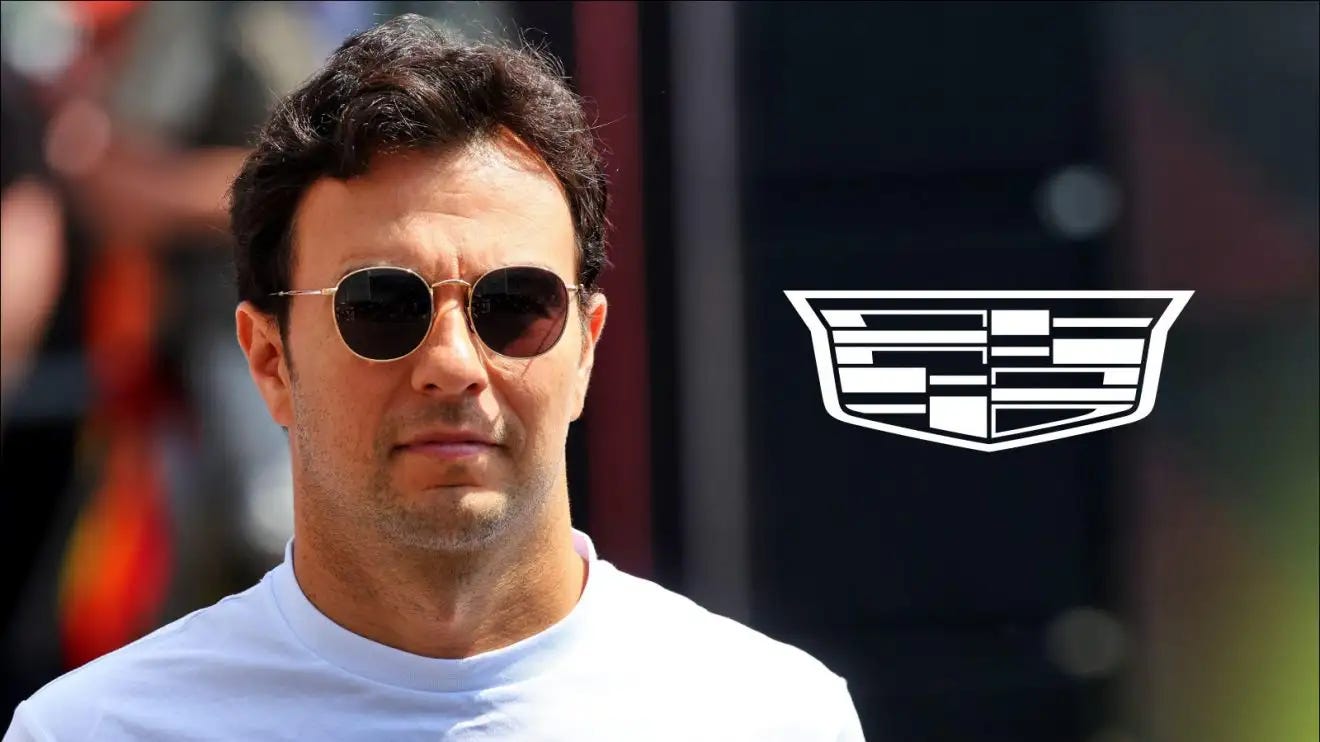
The Financial Reality
Operating under F1’s budget cap presents unique challenges for a startup team. While established teams can leverage existing infrastructure and knowledge, Cadillac must build everything from scratch within the $215 million cap that takes effect in 2026. The increased cap—a 30% jump from current levels—reflects the technical complexity of the new regulations and the arrival of major manufacturers like Audi and GM.
The team has already paid a $450 million anti-dilution fee to existing F1 teams, although some team bosses, like Toto Wolff, argue that this amount is still too low given the revenue impact of adding an 11th team.
Cadillac’s “race-ready program” demonstrates its commitment to being prepared from day one. Their complete simulation of the Spanish Grand Prix weekend—including seat fittings, strategy meetings, and even notional driver media interviews—shows the level of detail they’re applying to their preparation.
The team has even voluntarily honored F1’s mandatory shutdown periods, using them to familiarize itself with the sport’s operational rhythms. This attention to process reflects their understanding that F1 success depends as much on operational excellence as technical innovation.
What’s Next
With the aerodynamic package due to be signed off in November and preseason testing set to begin in January 2026, Cadillac faces a compressed timeline that would challenge any organization. However, their early start on car development and systematic approach to team building suggest they’re better positioned than typical F1 startups.
The real test won’t be whether they can make the grid—that seems assured—but whether they can avoid the traditional fate of new teams finishing last. With experienced leadership, substantial backing from General Motors, and a methodical approach to preparation, Cadillac represents the most credible F1 startup since Haas in 2016.
Their success could reshape how new teams enter Formula 1, proving that with sufficient resources and planning, the traditional years-long development curve can be compressed. For American motorsport, it represents something even more significant: the first genuine shot at F1 success since the sport’s global expansion began in earnest.
The countdown clock in every Cadillac facility shows xxx days until Melbourne. For the first time in decades, an American F1 dream has moved from aspiration to inevitability.
READ MORE – Has F1’s American Growth Peaked?
READ MORE – Verstappen endorsed Checo for Cadillac F1 seat

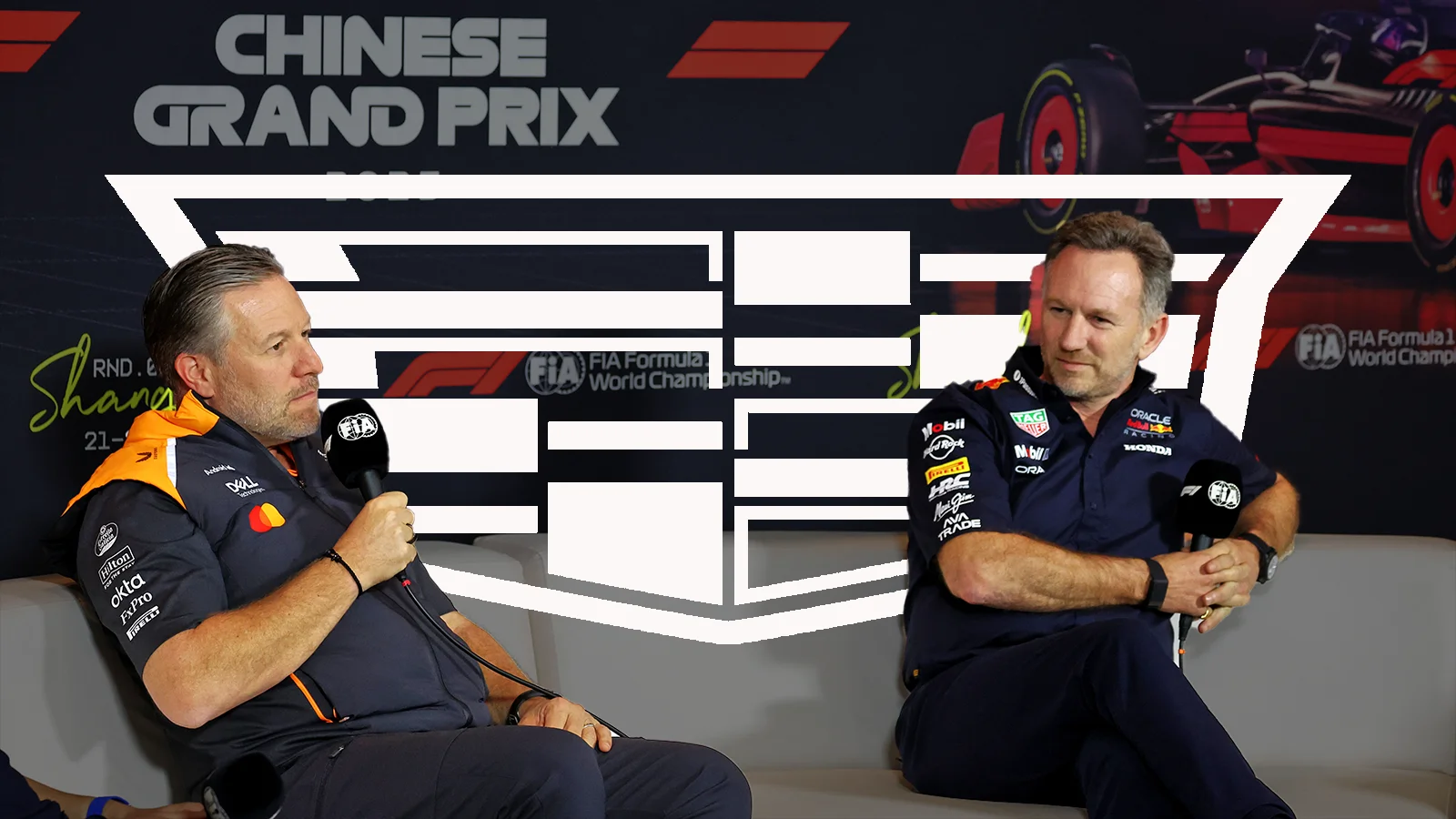


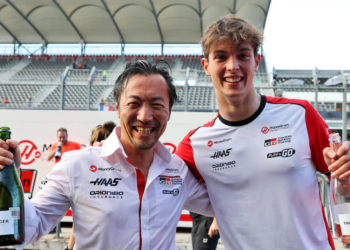
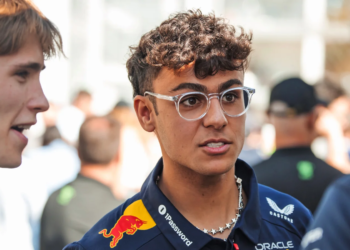
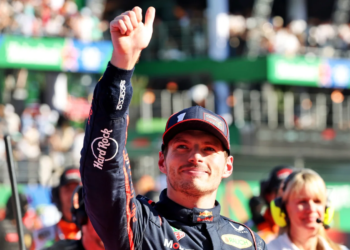
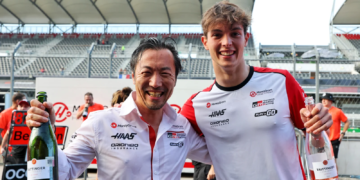
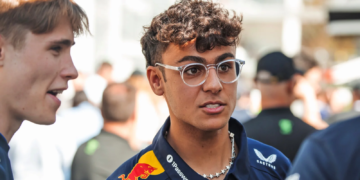
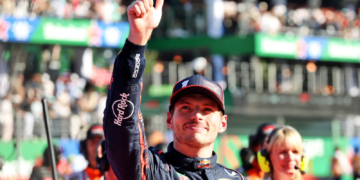
Discussion about this post